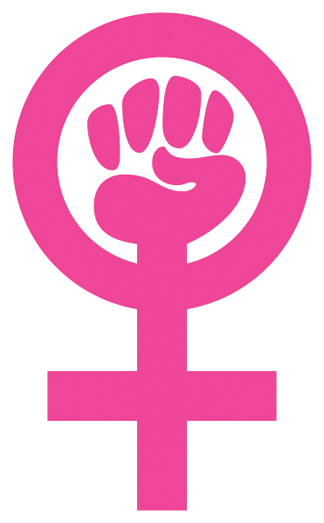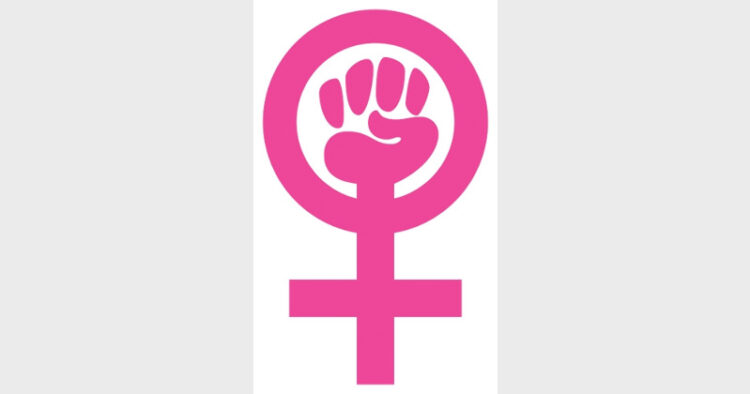 Intro: Human trafficking is a modern form of slavery. It is a social malice that is increasing by the day due to governance failure and insensitive social attitude.?
Intro: Human trafficking is a modern form of slavery. It is a social malice that is increasing by the day due to governance failure and insensitive social attitude.?
Your morning newspaper may or may not bring you good cheer as you begin the day. But one thing is almost guaranteed – your daily dose of news relating to crime against women. Besides rape, molestation, female foeticide and dowry killing, the issue of human trafficking is continuously hogging the limelight. Recent reports indicate that millions are involved and affected, and India is a source destination and transit country for human trafficking.
The dictionary meaning of word, ‘trafficking’ denotes a trade in something that should not be traded in. Thus, we have terms like drug trafficking, arms trafficking and human trafficking. The concept of trafficking in people refers to the criminal practice of exploitation of human beings whereby humans are treated as commodities for profit and are subjected to various forms of exploitation.
Trade in humans is a serious issue with inter-state and international dimensions. Trafficking involves movement of a person with deception or coercion, into practices like forced labour, prostitution, servitude and slavery.
Fundamentally, human trafficking violates the universal human right to life, liberty, and freedom from slavery in all its forms.
Very often ‘trafficking’ is used as a synonym for ‘prostitution’, or, it is often believed that trafficking takes place only for prostitution. However, the issue is much bigger. Trafficking is actually the process while commercial sexual exploitation is a result. Prostitution (commercial sexual exploitation) is only one of the resultant features; the other being forced labour and other forms of exploitation.
Who are more vulnerable to trafficking?
What makes people vulnerable?
? |
A UN report says, South-Asian countries are origin, transit and destination for women, children and men being trafficked. India is ranked by UNODC (United Nations Office on Drug and Crime) as both a high source country and high destination country. South-Asia is estimated to be home to the second largest number of internationally trafficked persons, around 150,000 annually. Of these, 75 per cent are women. Almost in all South-Asian countries, the majority of victims are from rural areas.
Police officials regularly unearth trafficking rackets but accept that they are at times overwhelmed by the scale of the crime.
Multiple crimes can be culled out under trafficking such as abduction, kidnapping, illegal detainment, illegal confinement, criminal intimidation, hurt, grievous hurt, sexual assault, outraging modesty, rape, unnatural offences, selling and buying of human beings, servitude, criminal conspiracy, abetment, etc. Therefore, multiple abuse and abusers located at different place at different points of time constitute the organised crime of trafficking.
Trafficking of women find its roots in the inherent cultural biases in society. While issues such as illiteracy, poverty, refugee movements, domestic violence and trafficking for sexual exploitation affect both sexes – women fall victim to these problems in greater numbers than men.
The cure lies in the cause of the problem. One, the rural areas have to be developed so that people find enough employment opportunities in their native places. Second, trade of any kind is an equation of demand and supply. If there is a demand for any kind of commodity or service, profiteers find a way to manage supply. Hence, it is a social issue that has to be addressed through generating awareness and sensitivity. You and I, in fact all of us, have to make up our minds that human trafficking has to be stopped. Every human being has the right to live in dignity and it is our duty to fight for it. This social evil can only be eradicated when both the government machinery and the public join hands, and work together.
Together, let us say ‘No’ to Human Trade.
Abha Khanna Gupta ?(The writer is a senior Journalist and
Social worker)?





![A Representative image [ANI Photo]](https://organiser.org/wp-content/uploads/2025/12/representative-image-e1765612818961-120x70.webp)







Comments